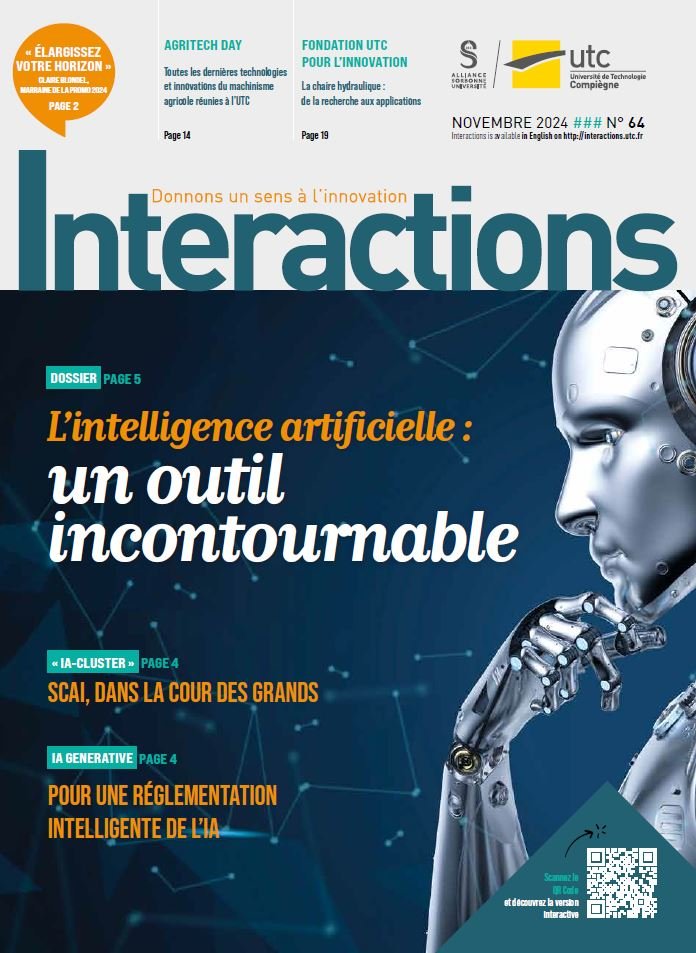Maths and complex issues

Professor Salim Bouzebda has been Director of the Compiègne Applied Mathematics Laboratory (UTC-LMAC) since 2021. He explains how mathematics can help find solutions to environmental, economic and social challenges.
More concretely? “Mathematics plays a crucial role in understanding, modelling, measuring and optimising complex environmental, economic and social systems. Developing and modelling simple models from complex systems is a real challenge”, explains Salim Bouzebda.
In particular, how do you model environmental systems that are inherently complex? “We use a number of mathematical techniques, in particular simulation models that reflect reality as closely as possible. These simulation, regression and differential equation models have a huge advantage over real experiments in terms of cost”, he explains.
Examples of the application of these methods? which a large number of universities are tackling. How can it be calculated? We can; to illustrate, model the greenhouse gas emissions associated with agricultural production, using parameters such as water and energy consumption and waste production. This can also be applied to different modes of transport. In this case, we will use data such as the distances travelled, the amount of fuel consumed and the number of passengers carried. The aim of mathematical models is to enable a more detailed analysis to be made based on global data. An analysis that can be passed on to an ecologist, for example, to find an optimal solution to a particular environmental aspect. In short, these are decision-making tools”, he stresses.
But when we talk about ecological transition, we are also invoking investment in the green economy. “The cost aspect of the transition is important. In this case, the maths can be used to define the optimum solution for green investment. In renewable energies, for example, mathematical models seek to combine maximum yield and minimum cost. These models also involve analysing the risks, particularly the financial risks, associated with these investments”, he concludes.




